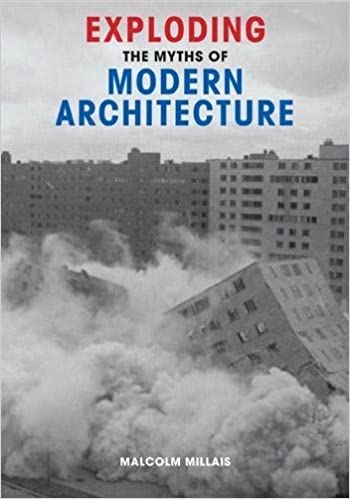
Exploding the Myths of Modern Architecture
Author: Malcolm MillaisInclusive of shipping and taxes.
Out of Stock
Currently unavailable. Notify me when this product is back in stock.- Paperback
- 296 Page(s)
- ISBN: 9780711229747
In present-day industrial societies very few people have a say in the built environment that surrounds their daily lives. Yet many people are unhappy with the buildings they see, use and have to live with, especially those buildings, mostly post war, that come under the heading 'modern architecture'. Though many people dislike these buildings, they often feel that there must be something good about them because they are modern and modern equals progress. Many people also feel that their dislike is perhaps due to ignorance, and that the designers must know something they don't. Why is modern architecture the way it is? Because the architects who have designed it are followers of the Modern Movement. This came into being in the 1920s when a very small group of youngish architects felt all that had gone before should be rejected and that architectural design should start afresh. This fresh start should be based on modern technology and a new modern approach to life. Unfortunately, while these architects may have been well-meaning, the basis of their new architecture was fundamentally flawed in all aspects. Under different circumstances this 'new' architecture might have been a small blip on the landscape of architectural history. But this small group managed, by the late 1950s, to take control of the architectural profession in developed countries world-wide. Having got into power they ruthlessly determined that all new buildings should follow their erroneous diktats. This book explains the background to the emergence of the Modern Movement, how it was based on completely false premises and how the architectural 'revolutionaries' gained and kept power. It examines the consequences, and wonders how things might have, and certainly should have, turned out differently.

